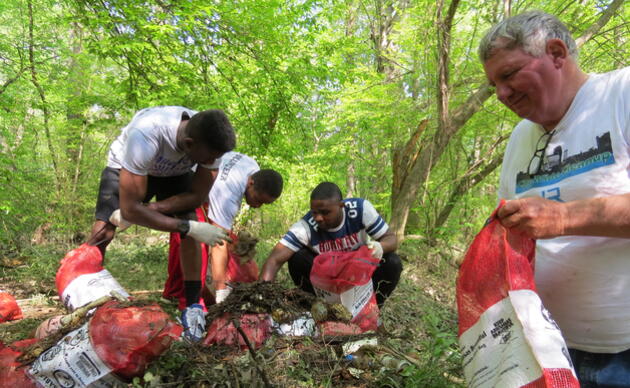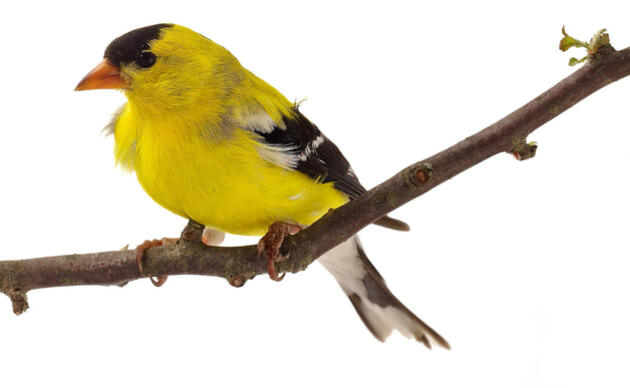Partner with scientists to help birds: turn your passion for birding into a critical research tool!
Community Science is a way for you to connect with the natural world through fun activities that generate vital information for the conservation of birds. This partnership benefits us all: you will learn about birds by taking part in these science-based activities, and Audubon's science staff gains valuable information. Most importantly, the birds benefit because it helps Audubon focus on those birds and habitats that need our help most.
Audubon offers a range of Community Science programs that are suitable for birders of all degrees of experience.
Here are some current programs in which you can get involved:
- Christmas Bird Count: For over a century, volunteers have been collecting information on the birds in their communities, The CBC database now contains more than a century of data on early-winter bird populations across the Americas. This one-day annual event is an opportunity to meet other local volunteers, hone your birding skills, and take part in a seasonal tradition.
- Great Backyard Bird Count: This annual Presidents' Day Weekend event is an opportunity for you to count the birds in your backyard and beyond. For more information about the event or to report your findings go to GBBC. This site is operated in partnership with the Cornell Lab of Ornithology.
- eBird: Submit checklists from any where, any time. Audubon and Cornell have partnered to present a program that provides birdwatchers a way to save sightings to an online database. The information is used to study population movements and distributions.
- Climate Watch: Survey for particular species in the winter and in the summer at points within grids. The data will be used to test the predictions of Audubon's climate models of where species should be by the 2020s.
- Nest Watch: Help study and conserve cavity-nesting birds. All you need is a nest box (birdhouse) and a small amount of time each week during spring and summer to monitor the birds nesting in your box(es).
- Project Feeder Watch: Join more than 16,000 other citizen scientists who periodically count the birds that visit their bird feeders from November to April. Your counts will help scientists track the distribution and abundance of birds in winter.
How you can help, right now
Be a voice for birds
Join our Advocacy Team to receive action alerts about legislation and policy when Audubon Delta's birds need your voice.
Join Our Flock
Signing up is the best way to keep up with Audubon's latest news, programs and initiatives.



